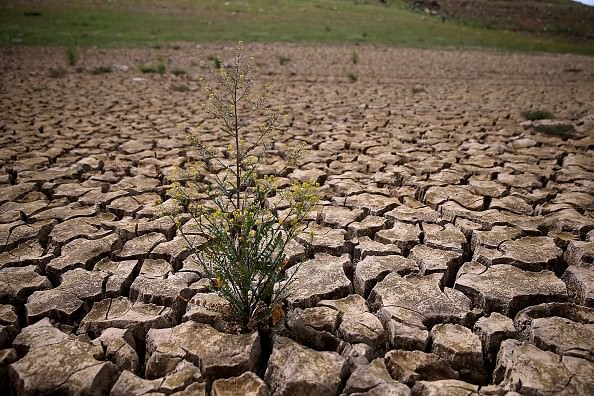
A report released by the National Oceanic and Atmospheric Administration (NOAA) has revealed that the U.S. has just experienced the third of the hottest October to have ever been recorded in decades.
Global temperatures this year are about 1.2 degrees Celsius above pre-industrial ones—dangerously close to the warming limit of 1.5C that politicians hope to achieve, as agreed during last year’s round of talks in Paris. Particular hot spots include Arctic regions, which are heating up at twice the rate of the rest of the world. While a single degree’s shift in temperature may have noticeable effects at the equator, in the Arctic it changes ice to water, totally altering the landscape. Once more sea-ice levels in the region remained worryingly low this year.
In the early part of 2016 the climate phenomenon El Niño, which affects sea temperature in the tropical Pacific and thus rainfall patterns around the world, explained much of the global heat. Some scientists believe the event may also mean that the world’s plants have become a less potent carbon sink than in recent years. This is another unwelcome switch. Rising concentrations of greenhouse gases in the atmosphere are warming the world apace. As of this year, levels of carbon dioxide are unlikely to dip below 400 parts per million until technologies to suck the stuff out of the atmosphere are deployed at scale. Millions of years have passed since the last time the concentration was this high.
Amid the troubling data, news that global emissions may be at or near their peak is welcome. Carbon-dioxide emissions from burning fossil fuels appear to be stabilising. Now they need to fall. Slowing demand for fossil fuels, and not just the growth in demand for them, is of utmost importance.
While it is difficult to know what precisely is being burned where, research published earlier this year suggested that emissions from China, the world’s largest polluter, may even have reached a zenith. The economy is still growing at a healthy clip, but less booming times than before see far less need for coal.
According to the latest figures from the International Energy Agency China’s demand for coal may have peaked in 2013. And the country has also rushed into cleaner alternatives. It has more solar capacity than anywhere else in the world, and plans to triple this amount by the end of the decade. The country has to act: air pollution is choking its urban citizens. According to research published last year, spending a day in Beijing is currently akin to smoking almost 40 cigarettes. Decoupling emissions from economic growth thus helps both people and planet. Convincing Mr Trump of this fact is now an urgent and daunting challenge.












